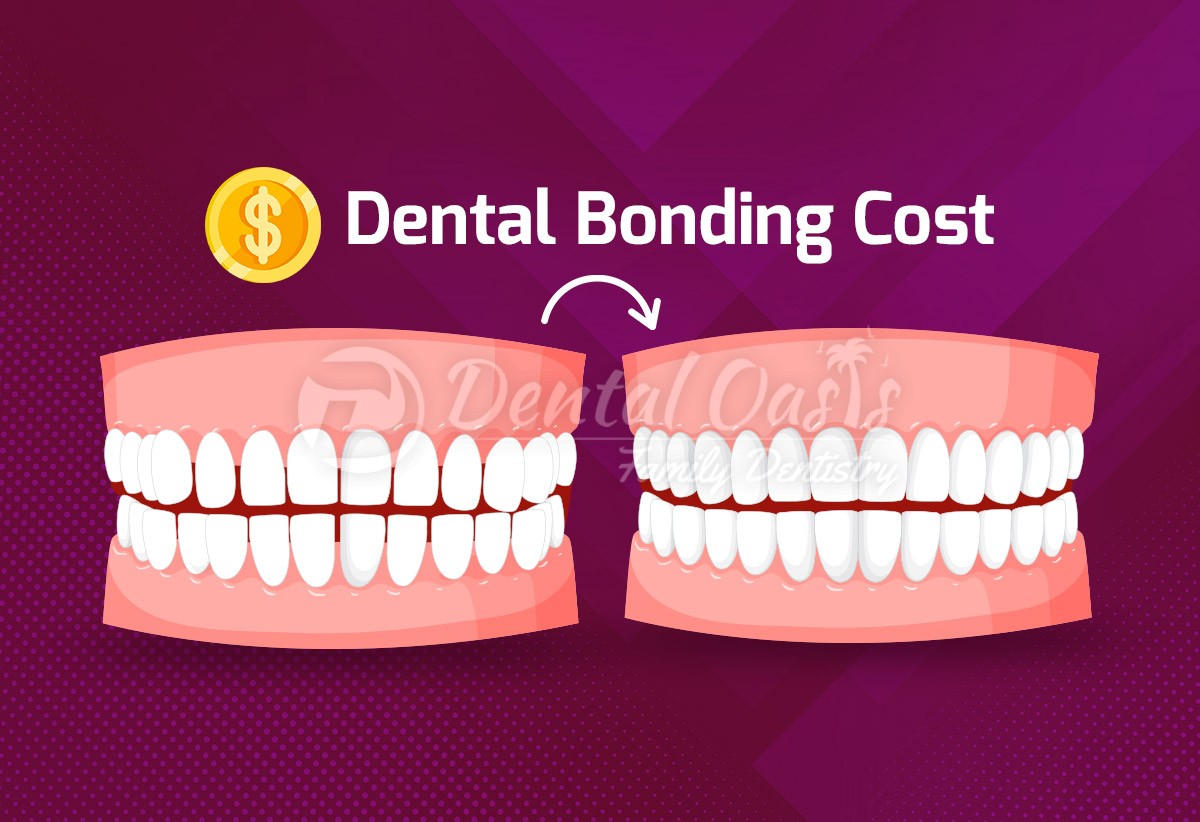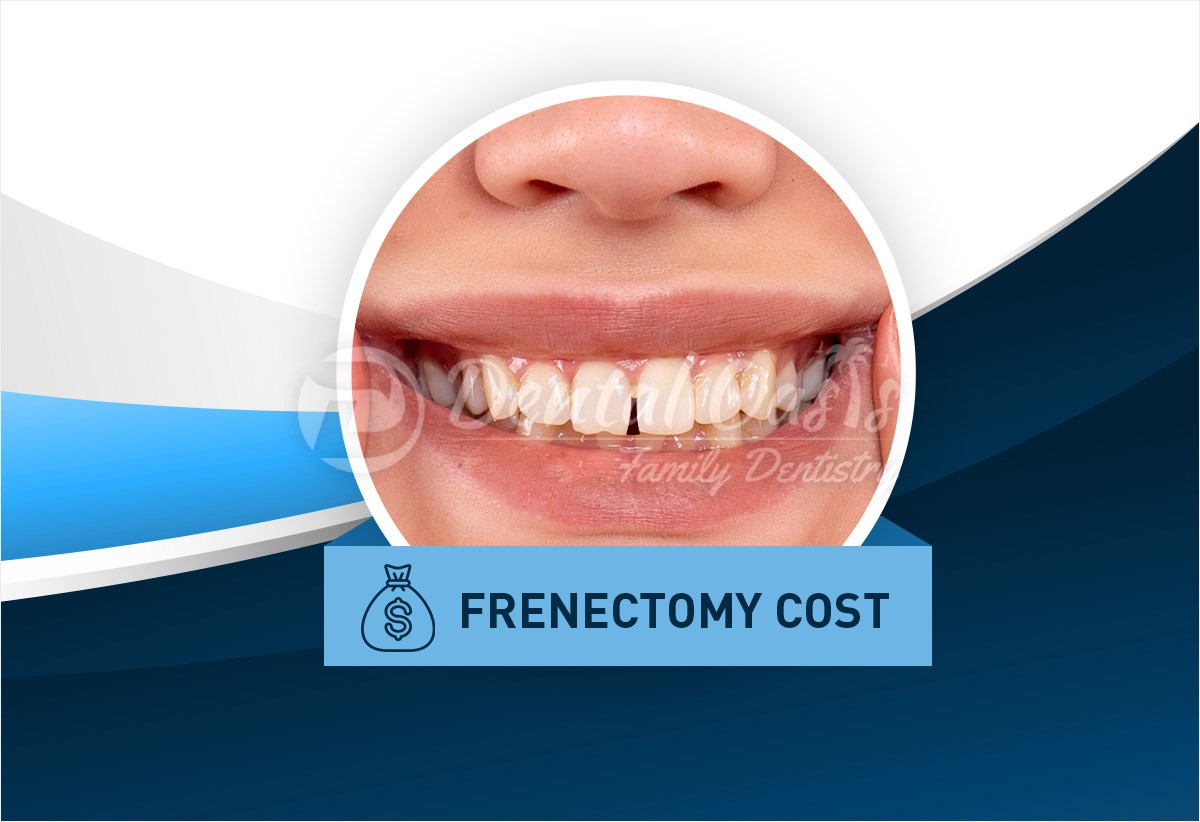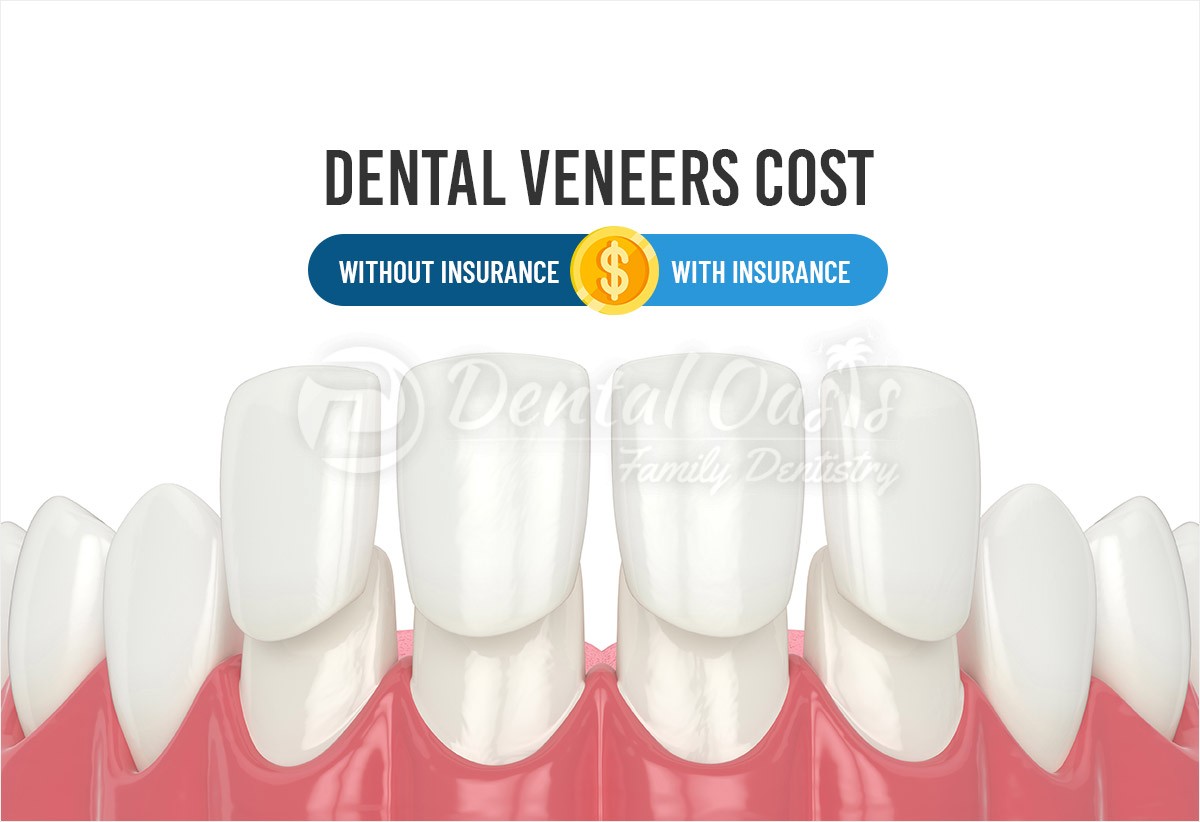Dental Bonding Cost with / Without Insurance & Factors That Affect Cost!

Dental bonding is a quick fix for minor esthetic problems. If you are wondering how this procedure enhances the esthetics of the teeth and how much dental bonding costs with and without insurance, continue reading this article. This article emphasizes everything you should know about the cost of dental bonding.
What is Dental Bonding?
Dental bonding is a procedure that can correct minor flaws in the appearance of teeth to make them look more esthetically pleasing. This procedure is done in one sitting and does not take much time. You can get your new smile in a matter of hours on the same day. Also, it is a much cheaper option than other esthetic procedures like braces, veneers, or crowns. Most times, this procedure does not even require anesthesia. Dental bonding can correct minor fractures (chipping and cracking) of the front teeth, small gaps in between the teeth, increase the length of worn-out or short teeth, even out the uneven edges of the teeth, and correct discoloration. In the process of dental bonding, adhesives, and a high-intensity curing light are used to put on tooth-colored composite resin.
Dental Bonding Cost
A dental bonding treatment can cost between $250 and $600 per tooth on average. Dental bonding costs vary based on your specific dental conditions, the number of teeth that require cosmetic repair, additional procedures done concurrently, and the dentist performing the procedure. Check with your dental insurance company to see if you are covered.
Is dental bonding covered by insurance?
In some cases. Restorative dental treatments are generally covered by dental insurance, while cosmetic dental work is not. For instance, if you need tooth bonding because you cracked or chipped your teeth accidentally or need to replace a filling, your insurance may cover all or part of the cost of the procedure. However, closing a minor space in your smile could be considered a cosmetic treatment and therefore not be covered by insurance.
Contacting your insurance provider is the most effective method to determine whether your dental insurance covers dental bonding procedures. What is the expense of dental bonding if the patient does not have insurance? That answer is conditional upon the tooth or teeth that require bonding, in addition to other considerations.
How much dental bonding cost with insurance?
Dental bonding should cost about $90-$300 with insurance if it is used to fill a cavity, depending on the severity of the cavity that needs to be filled. The typical cost varies according to the reason for the bonding. There is a possibility that dental insurance will cover between 50 and 80 percent of the cost of this treatment; however, certain plans may deduct a higher percentage. When an amalgam filling cracks, it is sometimes possible to save money by replacing it with a composite filling instead.
How much dental bonding cost without insurance?
Dental bonding performed solely for cosmetic purposes is typically not covered by dental insurance unless it is also required to preserve the natural tooth structure. The price of dental bonding without insurance ranges from $300 to $600 per tooth on average, although it may go as low as $100 or as high as $1,000 in some cases. The price may change depending on the degree of difficulty of the procedure, the level of experience that the dentist possesses, or the local expense of living. Dental savings programs, on the other hand, can be of assistance with this expense.
The important thing to note is that if your case is more severe and dental bonding is not the suitable treatment in your case, then you must opt for crowns, dental veneers, or braces treatment, which would be more expensive than dental bonding.
What are the factors that affect the cost of dental bonding?
The factors that affect the cost of dental bonding are summarized below.
1. Number of teeth that require treatment:
Just like with most other things you buy in life, the more you buy, the more expensive it will be. To put that into perspective, the cost of bonding numerous teeth can be significantly higher than the cost of bonding a single tooth.
2. Dentist’s Experience
When it comes to dental bonding services, most of the time, the dentist’s level of experience will determine how much they will charge you. On the other hand, having more experience can bring the benefit of greater assurance that the operation will be carried out successfully and without any complications.
3. The total surface area of the treatment
Bonding in dentistry can be used to treat both minor and large areas. Teeth bonding services will cost more money if they are performed in a bigger area. For instance, the cost of repairing a minor crack is typically much less than the cost of resurfacing an entire tooth.
4. Location of the dentist’s office
Because the expense of living in each region of the country varies widely from one region to the next, the price of bonding your teeth will also depend on the location of your dentist’s office.
5. Additional treatments
Depending on the circumstances, you may need to undergo additional dentistry procedures. On the other hand, you can talk to your dentist about the possibility of receiving a discount or bundle of procedures, which can help bring the total cost down.
What are the other payment options for dental bonding?
1. Payment Plans
Third-party healthcare finance companies can arrange dental payment plans. You can make the plan yourself, but many cosmetic dentists use a specific company. Dental payment plans vary from dental discount plans. Payment plans are not dental insurance but a way to distribute the cost of your treatments. Patients repay treatment loans monthly.
2. Government Programs
Three federally funded CMS programs may help with dental bonding fees. They are Medicare, Medicaid, and CHIP. Medicare covers seniors and disabled people. Medicare dental coverage is minimal. Medicaid, a state-run program, sometimes covers oral care. States determine eligibility and dental care. Most states give limited emergency dental services for 21-year-olds. Some give full-service dentistry. Medicaid covers most under-21 oral care. CHIP helps uninsured children under 19 years of age. Eligible toddlers receive medical and dental care from CHIP. State dental services vary under this scheme.
3. Dental School
You can get your treatment done in dental schools too at a much more affordable price.
Conclusion
To conclude, dental bonding is a much more affordable treatment option for a smile makeover. Also, your smile will be restored to its former glory and enhanced in just one appointment with this time- and money-saving procedure. To get the insurance benefits one must thoroughly understand the insurance policy and discuss it with their insurance providers as its cost varies depending upon various factors.
If you are worried about your cracked teeth or teeth discoloration, then contact Dr. Sharda Patel. She is a Pleasanton-based dentist who provides cosmetic dentistry services including dental bonding and veneer. Schedule a dental appointment now or call us at 925-846-4491.






